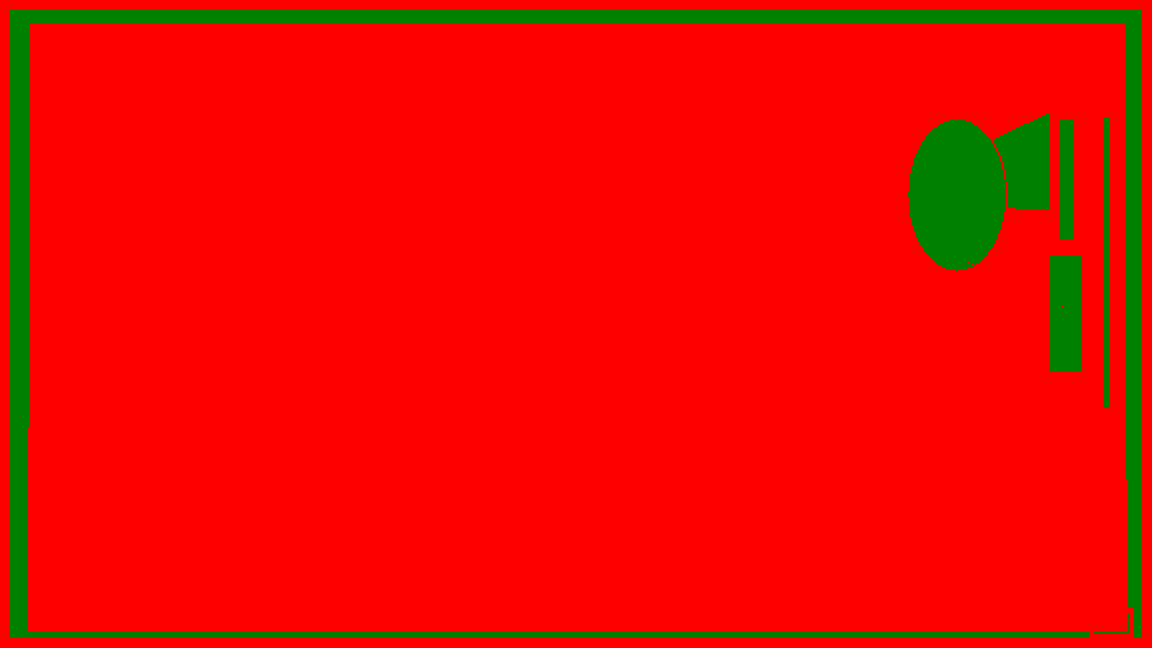I've made decent progress with this!
Stepping through the mask filtering, I found that the key variable is the filterVal in
private int CalculateRowSum(int stampwidth, Rectangle WorkArea, int y, byte[] buffer, int depth, int width, WhitespacerfinderSettings Settings, GetBits colorEvaluation)int filterVal = Settings.CutOffVal - Settings.Brightness;This is one of the main limiting factors in determining viable pixels. Since the only variable in this is Settings.Brightness, I used the GetModalColor() method to calculate the sum of the modal colour's components and use that as the brightness.
private Color GetModalColor()
{
...
int foo = RoundCol.GroupBy(item => item).OrderByDescending(g => g.Count()).Select(g => g.Key).First();
Color c = Color.FromArgb(foo);
Settings.Brightness = c.R + c.G + c.B;
return c;
}This implementation works for the previous (white) backgrounds, and works relatively well for the coloured ones, with the huge caveat that the mask still sees white as a viable pixel. Maybe we would add a range to this line for the filter instead of the greater than comparison?
val = (colorEvaluation.Invoke(buffer, x, y, width, depth) > filterVal) ? (byte)1 : (byte)0;Image dump incoming: Test1
- TopCentreOptimiser
| Mask | Output |
|---|---|
 |
 |
- BottomRightOptimiser
| Mask | Output |
|---|---|
 |
 |
Test3
- BottomCentreOptimiser
| Mask | Output |
|---|---|
 |
 |
- TopRightOptimiser
| Mask | Output |
|---|---|
 |
 |
So, from the above, we see that the background is correctly identified but any colour of a lighter shade (white) will also be included in the mask. All Optimisers used with Test3.bmp produce similar masks (and results) as Test1's and Test2.bmp's - with the difference being Test3's results are the same as Test2's, just rotated. TopRight for 3 == BottomRight for 2.
I think the modal colour returned by
GetModalColour()is being ignored when checking pixels' viability.I implemented a static method for converting the bitmap to grayscale (this also effectively divides the computation by 3, since the rgb values become the same), the algorithm still prefers White.
Test3.bmpusing theTopLeftOptimiser, the grayscale converter before theWhiteSpaceFinderis initalised, with the correct settings (autoDetectBackgroundColour = trueand branching based on that @ L38 inSearchMatrix.cs).Visualising the mask, we can see the regions the mask picks as good (green) and bad (red)
It just completely ignores the colour, even after calculating a modal colour that isn't white.